SSE8720 Development Board
The SSE8720 development board (see Figure 5.7), manufactured by Shuan Shizu Electronic Laboratory, can be used for the development of PIC18-based microcontroller projects. A large amount of memory and I/O interface is provided, and the board can also be used to program microcontrollers.
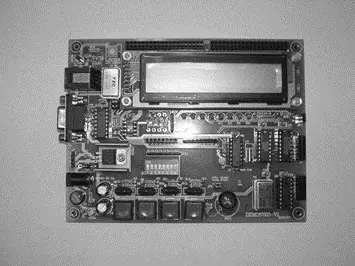
Figure 5.7: SSE8720 development board
The main features of this board are:
• 20MHz oscillator with socket
• One DB9 connector provides EIA232 interface
• In-circuit debugger (ICD) connector
• Four debounced switches, and one reset switch
• 4×4 keypad connector
• One potentiometer for analog-to-digital conversion
• Eight red LEDs
• 8-bit DIP switch for digital inputs
• 2×20 character LCD module
• Twenty-four different digital signals, from 1Hz to 16MHz
• On-board 5V regulator
• One I²C EEPROM with socket
• SPI-compatible digital temperature sensor
• SPI-compatible real-time clock
• CCP1 output via an NPN transistor
SSE8680 Development Board
The SSE8680 development board (see Figure 5.8), manufactured by Shuan Shizu Electronic Laboratory, can be used for developing PIC18-based microcontroller projects. The board supports CAN network, and a large amount of memory and I/O interface is provided. The board can also be used to program microcontrollers.
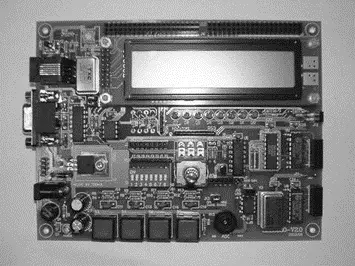
Figure 5.8: SSE8680 development board The main features of this board are:
• 20MHz oscillator with socket
• One DB9 connector provides EIA232 interface
• In-circuit debugger (ICD) connector
• Four debounced switches, and one reset switch
• 4×4 keypad connector
• One potentiometer for analog-to-digital conversion
• 8 red LEDs
• 8-bit DIP switch for digital inputs
• 2×20 character LCD module
• Twenty-four different digital signals, from 1Hz to 16MHz
• On-board 5V regulator
• One I²C EPROM with socket
• SPI-compatible digital temperature sensor
• SPI-compatible real-time clock
• CCP1 output via an NPN transistor
• Rotary encoder
• CAN transceiver
PIC18F4520 Development Kit
The PIC18F4520 development kit (see Figure 5.9), manufactured by Custom Computer Services Inc., includes a C compiler (PCWH), a prototyping board with PIC18F4520 microcontroller, an in-circuit debugger, and a programmer.
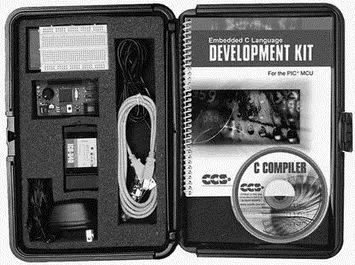
Figure 5.9: PIC18F4520 development kit
The main features of this development kit are:
• PCWH compiler
• PIC18F4520 prototyping board
• Breadboard area
• 93LC56 serial EEPROM chip
• DS1631 digital thermometer chip
• NJU6355 real-time clock IC with attached 32.768KHz crystal
• Two-digit 7-segment LED module
• In-circuit debugger/programmer
• DC adapter and cables
Custom Computer Services manufactures a number of other PIC18 microcontroller-based development kits and prototyping boards, such as development kits for CAN, Ethernet, Internet, USB, and serial buses. More information is available on the company’s web site.
BIGPIC4 Development Kit
The BIGPIC4 is a sophisticated development kit (Figure 5.10) that supports the latest 80-pin PIC18 microcontrollers. The kit comes already assembled, with a PIC18F8520 microcontroller installed and working at 10MHz. It includes an on-board USB port, an on-board programmer, and an in-circuit debugger. The microcontroller on the board can be replaced easily.
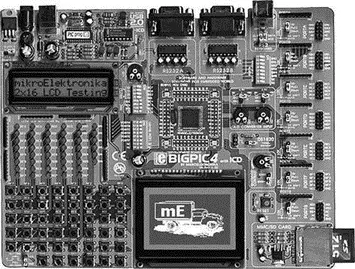
Figure 5.10: BIGPIC4 development kit
The main features of this development kit are:
• Forty-six buttons
• Forty-six LEDs
• USB connector
• External or USB power supply
• Two potentiometers
• Graphics LCD
• 2×16 text LCD
• MMC/SD memory card slot
• Two serial RS232 ports
• In-circuit debugger
• Programmer
• PS2 connector
• Digital thermometer chip (DS1820)
• Analog inputs
• Reset button
The BIGPIC4 is used in some of the projects in this book.
FUTURLEC PIC18F458 Training Board
The FUTURLEC PIC18F458 training board is a very powerful development kit (see Figure 5.11) based on the PIC18F458 microcontroller and developed by Futurlec (www.futurlec.com). The kit comes already assembled and tested. One of its biggest advantages is its low cost, at under $45.
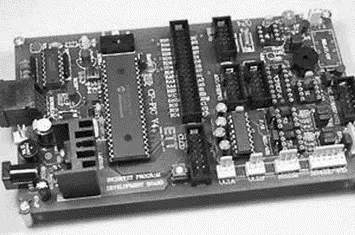
Figure 5.11: FUTURLEC PIC18F458 training board
Its main features are:
• PIC18F458 microcontroller with 10MHz crystal
• RS232 communication
• Test LED
• Optional real-time clock chip with battery backup
• LCD connection
• Optional RS485/RS422 with optional chip
• CAN and SPI controller
• I²C expansion
• In-circuit programming
• Reset button
• Speaker
• Relay socket
• All port pins are available at connectors
After the program is written and translated into executable code, the resulting HEX file is loaded to the target microcontroller’s program memory with the help of a device programmer. The type of device programmer depends on the type of microcontroller to be programmed. For example, some device programmers can only program PIC16 series, some can program both PIC16 and PIC18 series, while some are designed to program other microcontroller models (e.g., the Intel 8051 series).
Some microcontroller development kits include on-board device programmers, so the microcontroller chip does not need to be removed and inserted into a separate programming device. This section describes some of the popular device programmers used to program PIC18 series of microcontrollers.
Forest Electronics USB Programmer
The USB programmer, manufactured by Forest Electronics (see Figure 5.12), can be used to program most PIC microcontrollers with up to 40 pins, including the PIC18 series. The device is connected to the USB port of a PC and takes its power from this port.
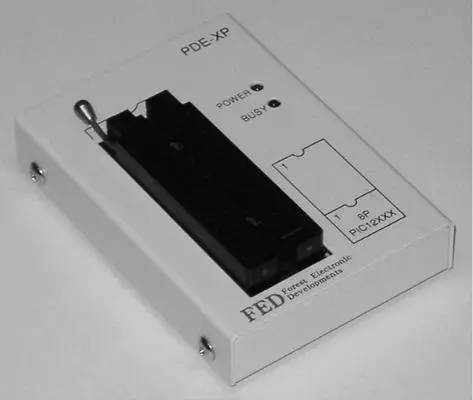
Figure 5.12: Forest Electronics USB programmer
Mach X Programmer
The Mach X programmer (Figure 5.13), manufactured by Custom Computer Services Inc., can program microcontrollers of the PIC12, PIC14, PIC16, and PIC18 series ranging from 8 to 40 pins. It can also read the program inside a microcontroller and then generate a HEX file. In-circuit debugging is also supported by this programmer.
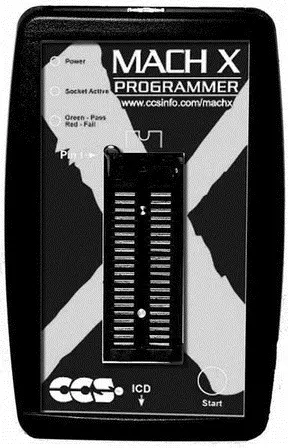
Figure 5.13: Mach X programmer
Melabs U2 Programmer
The Melabs U2 device programmer (see Figure 5.14), manufactured by microEngineering Labs Inc., can be used to program most PIC microcontroller chips having from 8 to 40 pins. The device is USB-based and receives its power from the USB port of a PC.
Читать дальше



















